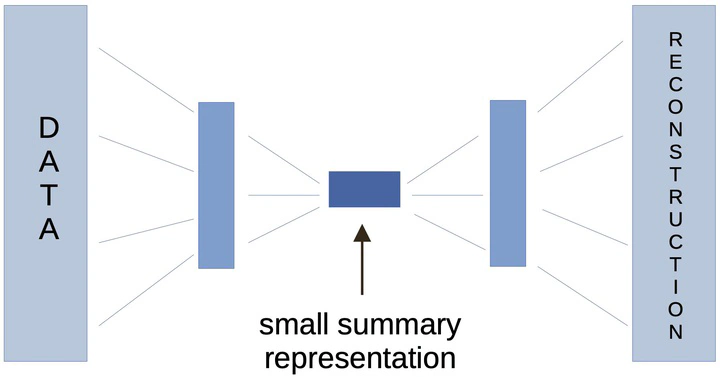Acoustic Monitoring for Predictive Maintenance of Turbines
 Koehn AI conducted a research project on acoustic monitoring
Koehn AI conducted a research project on acoustic monitoringAcoustic Monitoring and Predictive Maintenance in Turbines
Predictive maintenance leverages advanced data analysis and machine learning to monitor equipment health, enabling early detection of emerging faults before they lead to costly downtime or catastrophic failures. By transforming raw sensor data into actionable insights, organizations can optimize maintenance schedules, reduce unplanned outages, and extend the life of critical assets. This proactive approach lowers operational costs while enhancing safety and reliability in demanding industrial environments.
Client Profile and Context
The client is a leading turbine manufacturer with turbines in service. They commissioned a research project to advance predictive maintenance using microphone-based acoustic monitoring. The goal was to explore unsupervised generative methods that learn reference audio spectra conditioned on operating state, using turbine acoustics and operational parameters, so that real acoustic emissions can be compared with modeled spectra, with a particular emphasis on out-of-domain performance.
Challenge The research team needed to develop generative models that represent normal turbine acoustics without relying on labeled fault data. Acoustic information originated from externally fitted microphones and was available as spectrograms with predefined frequency resolution rather than raw audio, paired with internal machine and ambient parameters. Selecting appropriate conditioning variables, such as inlet guide vane position, load and compressor inlet temperature, was essential to keep generated spectra physically plausible across operating regimes. High noise levels and the absence of labeled anomalies made learning and evaluation difficult. The team therefore pursued a robust unsupervised approach aimed at producing realistic reference spectrograms with out-of-domain generalization under varied turbine conditions, establishing the basis for future anomaly detection.
Our Approach and Solution
We began by conducting extensive exploratory data analysis (EDA) on spectrograms derived from externally fitted microphones. Dimensionality reduction, using Principal Component Analysis (PCA), indicated that inlet guide vane position and compressor inlet temperature were the primary drivers of separable operating domains. Data preparation involved selecting frequency bands with optimal signal-to-noise ratios and restricting records to normal operating conditions, with out-of-domain regimes held out for evaluation. Exponential mapping and logarithmic inversion prevented non-physical spectrogram values. Visualizations in Python with Plotly guided our feature-engineering decisions.
Building on these insights, we developed a Conditional Variational Autoencoder (CVAE) in PyTorch. The CVAE’s convolutional neural network (CNN)–based encoder–decoder architecture was conditioned on key parameters to balance spectrogram reconstruction accuracy and latent-space regularization. Comprehensive grid searches optimized encoder and decoder layer depths, latent-space dimensions, and regularization strength. Iterative training rounds included hypothesis-driven evaluations of in-domain and out-of-domain spectrogram reconstructions. Throughout the project, our team collaborated closely with client experts, reviewing latent-space visualizations and refining conditioning strategies. The final deliverables comprised a trained CVAE for spectrogram generation, a detailed scientific report outlining methodology and findings, and a roadmap for extending the research to real audio anomaly detection (once raw audio is recorded) using pre-trained audio transformers.
We provided
- Generative CVAE models trained to reconstruct and generate acoustic spectrograms from microphones under varied turbine conditions.
- Comprehensive exploratory analysis and data visualization, enabling clear identification of operational regimes.
- Identification and selection of critical machine parameters to ensure robust model conditioning.
- A detailed scientific report summarizing methodologies, findings, and actionable recommendations for future anomaly detection.
- A strategic roadmap for integrating real audio data once recorded and leveraging state-of-the-art anomalous sound detection methods.